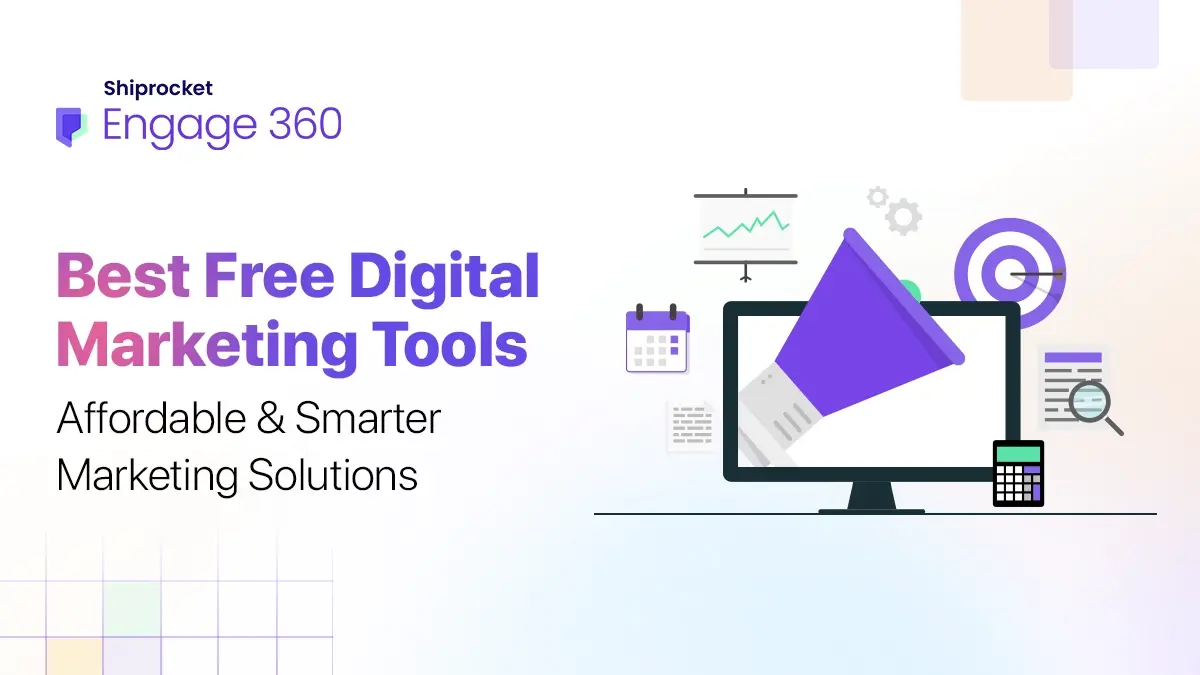Every business needs to perform a certain set of activities to make sure it has enough resources to meet its daily operating expenses. This is what working capital management essentially is.
Working capital refers to the difference between your company’s current assets and current liabilities. Current assets are your highly liquid assets like cash, accounts receivable, and inventories. They are everything that can be easily converted into cash within a year. On the other hand, current liabilities are any obligations due within the coming twelve months. These include accounts payable, short-term borrowings, and accrued liabilities.
For your business to operate efficiently, you need to monitor both of them and use them as effectively as possible. The purpose of working capital management primarily is to maintain an adequate amount of cash flow to meet your short-term operating costs and short-term debt obligations. In this article, we shall learn about the types of working capital management, its components, working capital ratio management, and more.

Components of Working Capital Management
Different types of working capital in financial management have a certain set of components. Here is a look at the same:
- Cash
Cash is one of the main components of working capital management. Cash deposits in all the company accounts must be checked. Tracking cash flow and requirements by forecasting and keeping track of the cash balances forms the basis of capital management.
- Receivables
Companies should keep track of the receivables which includes keeping a check on the payments, managing the company’s credit policies, and improvising the collection processes.
- Account Payables
This includes the amount to be paid to the vendors and suppliers. This aspect of working capital management should be handled strategically.
- Inventory
This includes the total value of goods owned by a company that are ready for sale. This includes the products displayed in a showroom or retail store. It is important to manage the inventory levels efficiently to prevent the issues of overstocking or stockouts.
Types of Working Capital
Temporary Working Capital
If you could recall, your business needs capital during some specific times of the year, for example, in the festive season. Such a requirement, that is temporary and fluctuates according to a business’s internal operations as well as the external market conditions, is termed as temporary working capital.
In other words, you require not more than a short-term loan to finance your temporary requirements, which is repayable as soon as the cash starts rolling in. However, it’s never easy to forecast this kind of working capital.
Permanent Working Capital
Permanent working capital is everything temporary working capital is not. It is required to make liability payments even before your assets or invoices are converted into cash. This kind of capital is crucial as it is the minimum working capital required for your business to function uninterrupted.
While forecasting the value of your current assets is often challenging, it is possible to find a level below which a current asset has never gone. The current assets below this level are your permanent working capital. This can be done mainly on the basis of historical trends and experiences.
Gross & Net Working Capital
As the name suggests, gross working capital means the total of all your company’s assets that can be converted to cash within a year. Another way to describe this is the ratio of all your current assets to your current liabilities.
On the contrary, net working capital is your current assets minus your current liabilities. Since this is that part of your current assets which are indirectly financed by long-term assets, it is considered relatively more significant for effective working capital management.
Negative Working Capital
If your current liabilities are more than your current assets, it represents negative working capital. There is more short-term debt as compared to short-term assets. This can prove useful for your business as one can fund their growth in sales by effectively borrowing from their suppliers and customers.
Regular Working Capital
Businesses normally require some capital just for things to flow smoothly. The least amount required for the same is known as regular working capital. Whether you have to make monthly salary payments or bear the overhead expenses for processing raw materials, the stability of your operations will depend largely on your regular working capital.
Reserve Working Capital
Reserve working capital is the capital over and above your regular working capital. Businesses keep such funds to meet financial requirements that may arise due to unexpected market situations or opportunities.
Special Working Capital
In case one’s temporary capital increases due to a special and abnormal event, it is referred to as special working capital. This can’t be forecasted as it is needed quite rarely. For example, in a country where a cricket World Cup tournament is going to be hosted, many businesses might need special working capital due to the sudden rise in business.
Importance of Working Capital Management Today
According to a report, net cash from operations has fallen this year across Indian manufacturing companies. This is because the trade receivables have risen while payments have been delayed in the market.
Moreover, small and mid-sized companies are seeing lower credit through trade payables. Consequently, all of that pressure is being put on cash from operations. Thanks to the supply chain constraints, most businesses have locked in more of their funds in inventories.
Limited availability of cash, poorly managed commercial credit policies, or constrained access to short-term financing can lead to the need for restructuring, asset sales, and even liquidation of a business. Therefore, to protect your company’s existence, you must understand the different types of working capital in financial management and ensure that your business doesn’t fall short of working capital. Always make sure your business possesses appropriate and adequate resources for its daily activities.
Types of Working Capital Management Ratios
There are mainly three crucial ratios in working capital management. Here is a look at them:
Working Capital Ratio
It is obtained by dividing current assets by current liabilities. It reflects a company’s financial health. A working capital ratio of less than 1.0 shows that a company’s short-term debts may be causing trouble. On the other hand, working capital ratios of 1.2 to 2.0 are desirable because they reflect that a company’s current assets are greater than its liabilities. Meanwhile, a ratio of more than 2.0 shows that a company is not using its assets properly.
Collection Ratio
This ratio shows the way a company uses its accounts receivable. The number of days in a given period needs to be multiplied by the average outstanding accounts receivable amount to get this ratio. The product is then divided by the total net credit sales during the given accounting period.
Inventory Turnover Ratio
The cost of goods sold (COGS) is divided by the average balance in inventory to calculate the inventory turnover ratio. The average of the beginning and ending balance of inventory is taken to calculate the average balance in inventory. If this ratio is high, it means that the inventory levels are inadequate. Conversely, if the ratio is low, then it shows that the inventory levels are exceedingly high.
Understanding the Working Capital Cycle
It is also important to understand the working capital cycle of a company for efficient working capital management. This cycle measures the time a company takes to convert its current assets into cash. Here is a look at its formula:
Working Capital Cycle in Days = Inventory Cycle + Receivable Cycle – Payable Cycle
Shortcomings of Working Capital Management
Strong working capital management shows that an organisation has adequate capital to operate and flourish. However, it only considers short-term assets and liabilities. Long-term financial health and solutions for a company are often ignored in the process.
It has been observed that working capital management does not necessarily ensure success for business. This is because the prediction of working capital may not come out as expected because of volatile market conditions and changing customer behaviours. Financial difficulties may be avoided with efficient working capital management but it cannot guarantee profitability.
Conclusion
It is important for businesses to manage their working capital efficiently. To do so, you must understand the different types of working capital including temporary working capital, permanent working capital, negative working capital, reverse, regular gross and net, and special working capital. Understanding working capital ratios and cycles is equally crucial. Efficient working capital management helps manage funds efficiently and ensures that adequate funds are available to operate a business.






